AI is Taking Low-Light Photography to the Next Level
When shooting a photo in low light, a low-ISO long-exposure photo requires a stable camera and blurs movement in the frame while a high-ISO short-exposure photo can be plagued with noise and poor quality. Now AI is bridging the cap, opening the door to low-ISO image quality while shooting at faster shutter speeds.
The team put together a set of photo pairs, with each pair containing a RAW short-exposure photo and a long-exposure version.
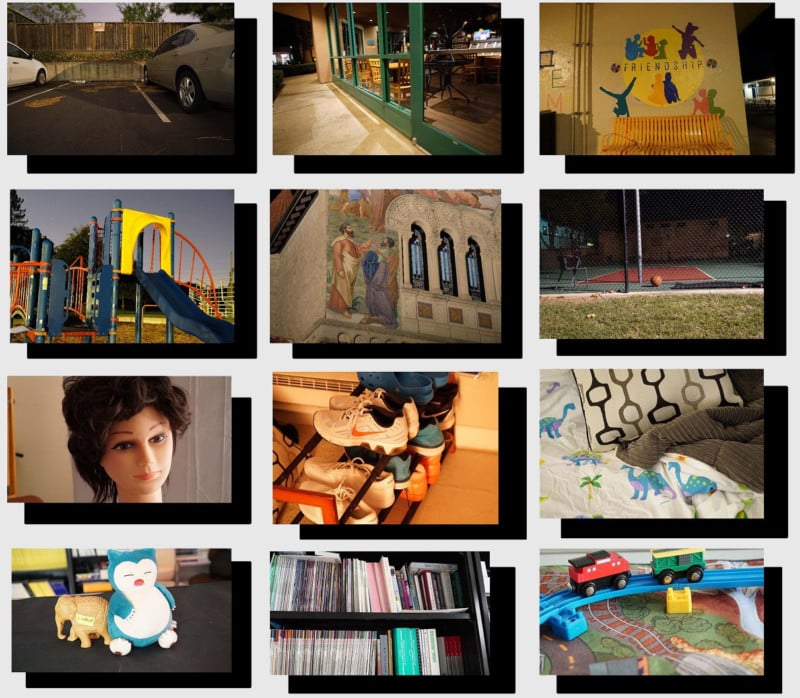
The neural network was then trained with this pairs to learn how to recreate a long-exposure equivalent using a short-exposure RAW photo.
The results are remarkable: RAW photos processed with the trained AI were able to produce photos that had much less noise and much better color reproduction than photos boosted to high ISOs with the “traditional image processing pipeline.”
Example 1
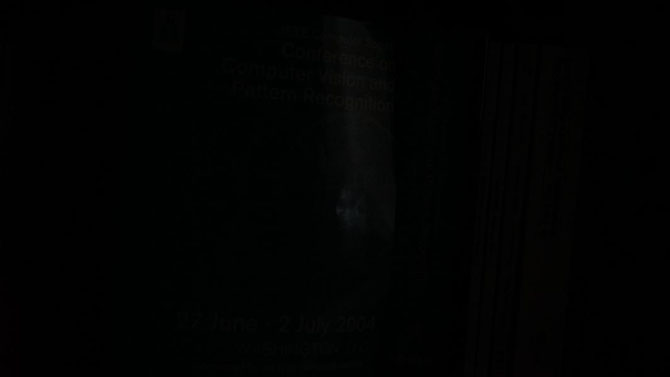
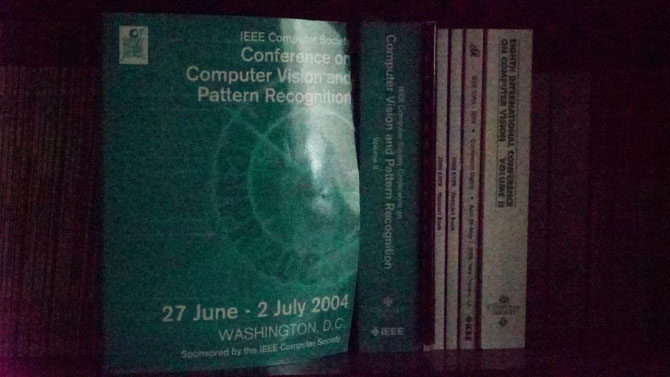

Example 2
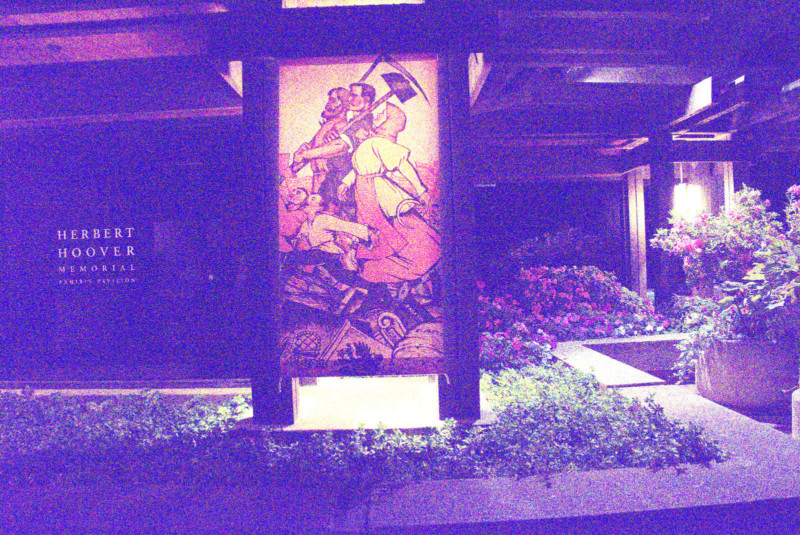
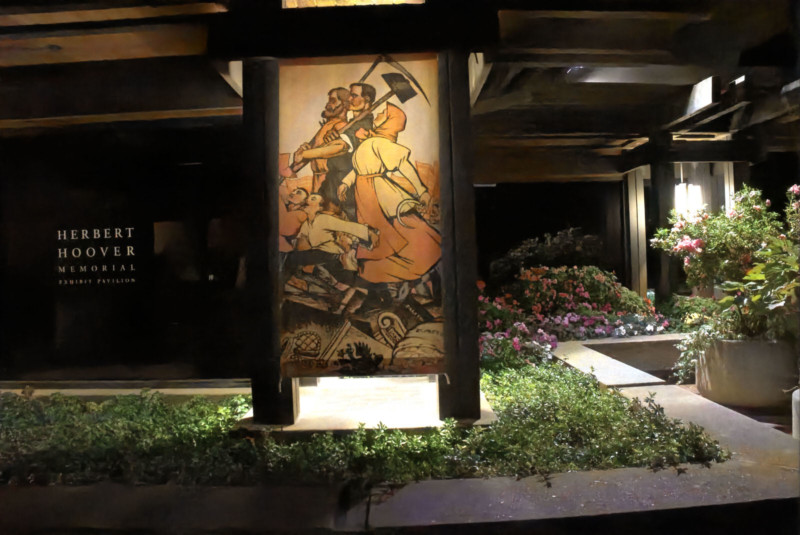
Example 3
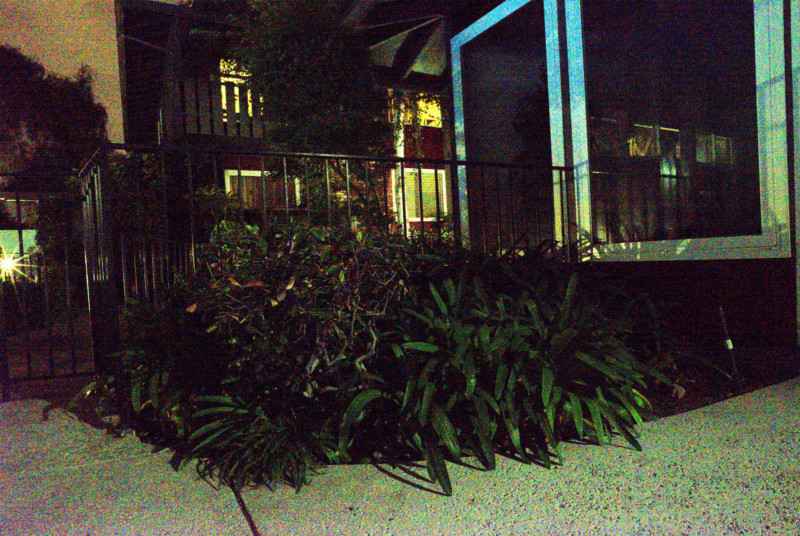
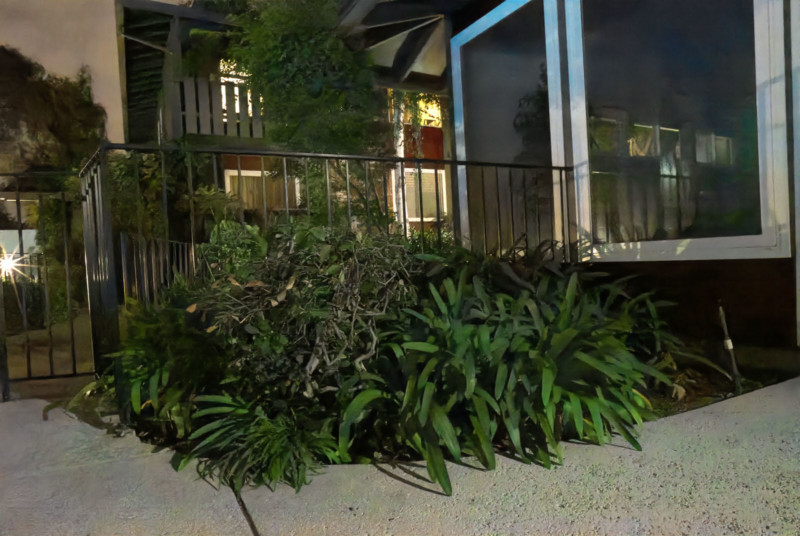
Example 4
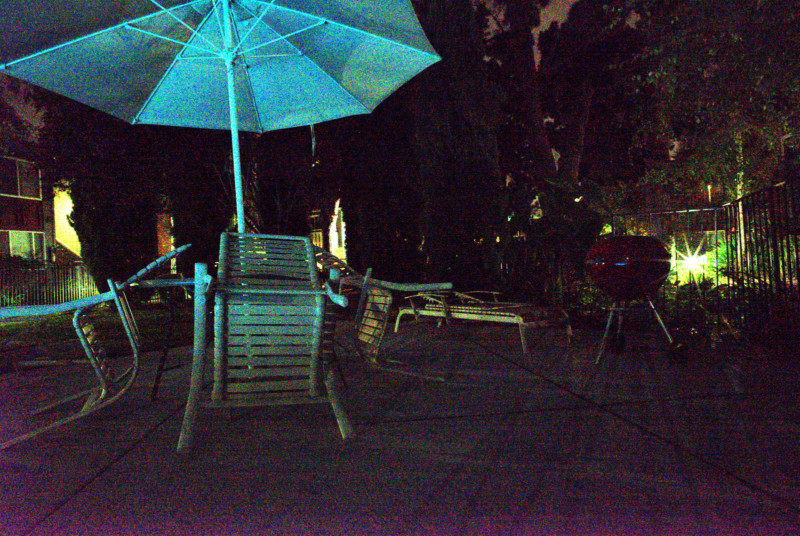

Example 5
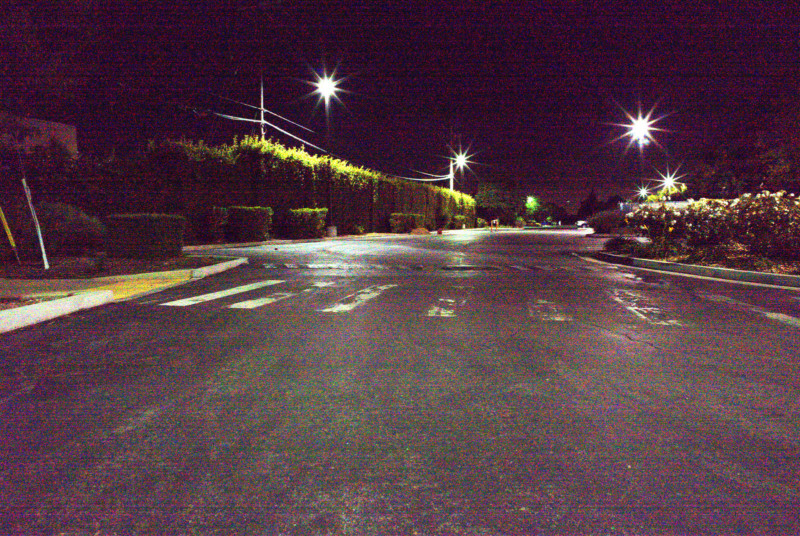
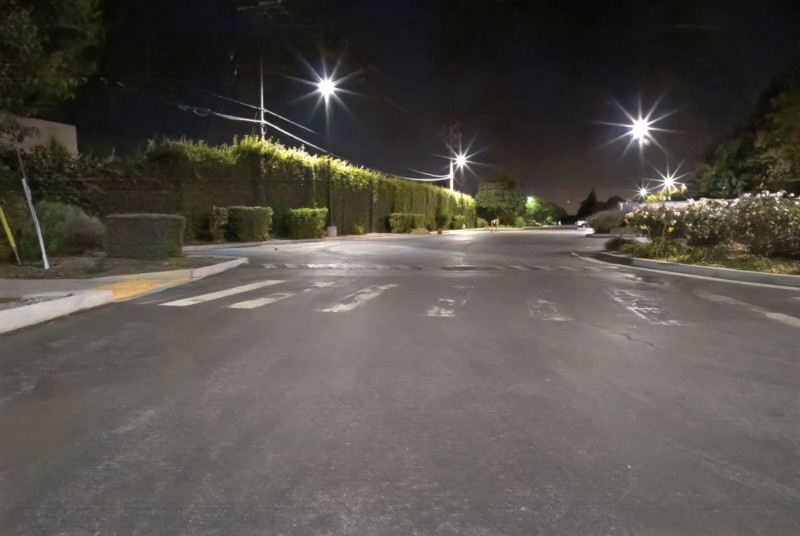
Example 6
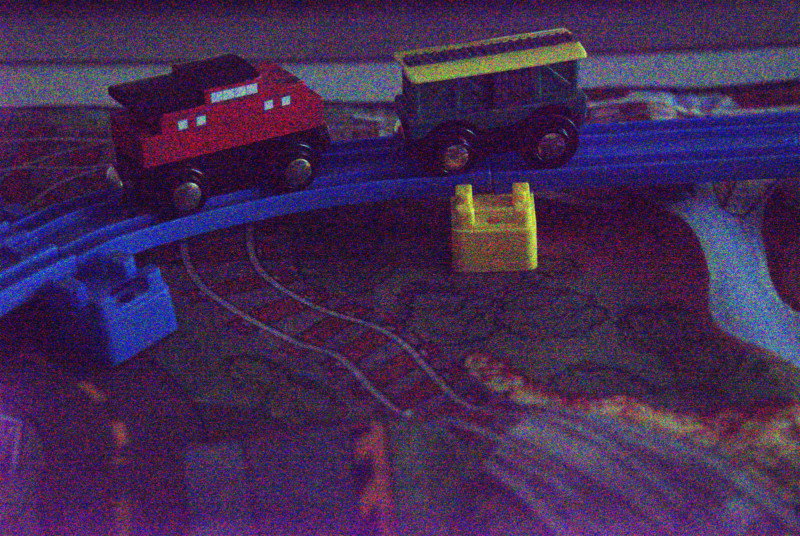
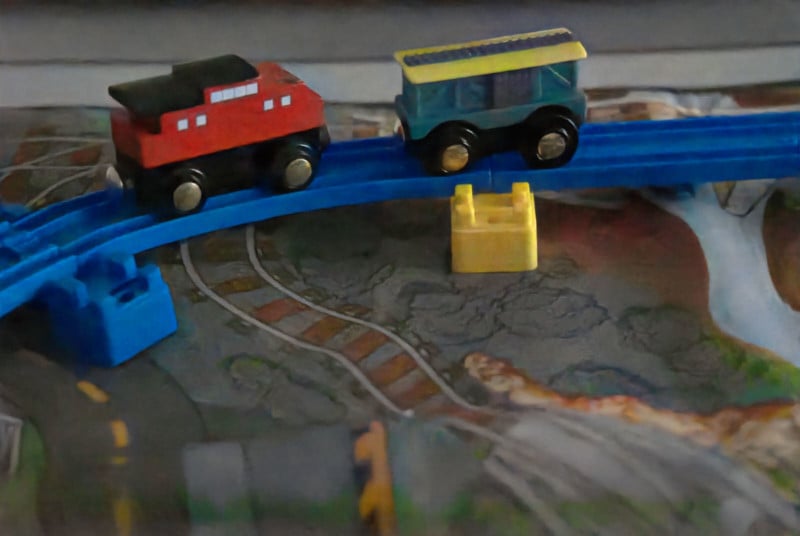
You can find more comparison examples on the research project’s website and read the paper if you’d like to learn the technical details behind the experiment.
“Experiments demonstrate promising results, with successful noise suppression and correct color transformation,” the researchers write, but they note that this is just the tip of the iceberg. The experiment lays the groundwork for much more exploration, including things like having the AI have what could be considered “Auto ISO” instead of having to provide the amplification ratio for each photo.